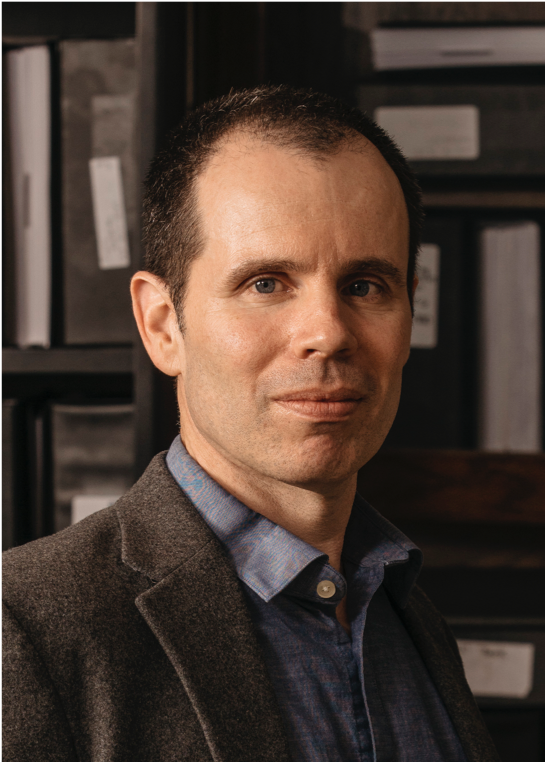Takeaway
The clinically excellent clinician must commit to reducing overuse.

Lifelong Learning in Clinical Excellence | January 8, 2020 | 1 min read
By Daniel Morgan, MD, University of Maryland
Medical overuse is defined as delivered healthcare wherein the harms outweigh or are equal to benefits. In other words, when the care we give doesn’t help.
Healthcare professionals need to be aware of both harms as well as ineffective or useless tests and treatments. Such knowledge may lessen the predilection for overuse and help providers to engage in optimal shared decision making with their patients.
Here is a common example of overuse:
A 62-year-old woman with stage 4 lung cancer is scheduled for a mammogram as part of her routine care—even the electronic health record’s “best practice alert” highlighted the need for this screening test. Unfortunately, the mammography is abnormal and the patient is scheduled for a follow-up ultrasound with biopsy.
Whoa! This is OVERUSE.
Fortunately, her physician wisely comes to his senses and intervenes to stop the process—accomplished at an office visit where he clearly explains the potential harms of further intervention and the lack of benefit with respect to clinical outcomes.
It turns out one in 10 women with a terminal disease continue to get mammograms, an intervention with small benefits which are not apparent for years. This represents overuse; this specific problem was described in one article of the 10 we reviewed in our annual JAMA Internal Medicine update on overuse.
For the past five years, we have reviewed the medical literature to find the 10 articles most relevant to medical overuse.
Together, we can reduce overuse, which will allow us to use healthcare dollars and resources on interventions that will truly benefit our patients.

